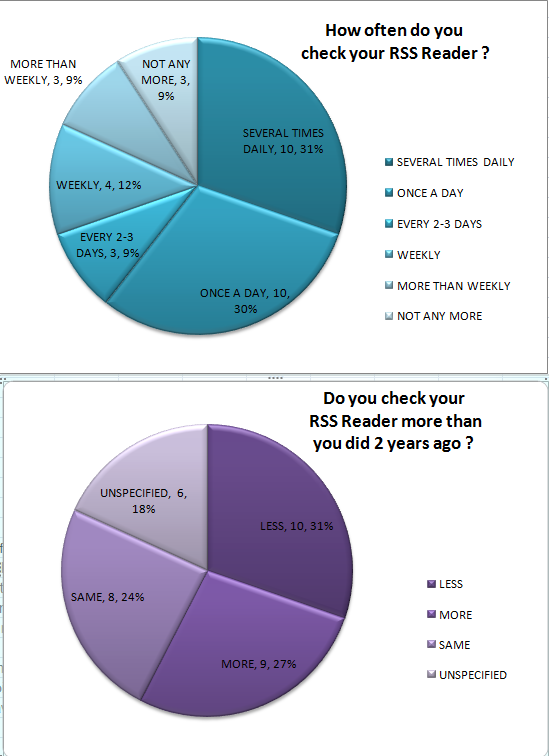We love to talk, talk, talk in libraries.
This post was going to be “11 conversations we need to continue in libraries in 2011” in a nod to Dave Lanke’s post The Librarian Militant, The Librarian Triumphant. He posits librarianship as not a building or a collection but “a conversation you are having” – that we must keep fresh and responsive.
Dave also calls for imagination within the profession. I’m taking up that challenge. Wouldn’t it be great if we had the answers now to some of the hoary issues of 2011, without the talkfest? So – I’m taking a punt and providing answers. Even more, I’m suggesting what we should do if I am right. My answers are based on reading, experience and have an element of tongue in cheek where that approach flounders.
I was aiming to publish the whole lot as one post – but it started to get long, and maybe posting what I have written so far will spur me on to complete the others. I know the other eight issues and the answers, but need to write my explanations. I wonder whether the big issues and discussions I have identified are the same as the ones you would identify??

Wedin, J. (2010). Its the answer, you know.... Retrieved from http://www.flickr.com/photos/38446022@N00/4589969792/
ISSUE ONE: Will libraries, museums, archives, public broadcasters and art galleries converge?
ANSWER:
Yes.
Restricted funding, commonality of purpose and overlap of access methods will mean that strong, converged memory and collecting conglomerates will form from individual institutions within the next two years.
Three projects illustrate this convergence of purpose but there are many more. The British Library is crowdsourcing the recording of English speakers worldwide reading the “Mr Tickle” story to track the evolution of English. The Poetry Archive is a wholly online charitable resource dedicated to recording poets reading their own works . The British Broadcasting Corporation curates and makes available online a series of archival collections of audio, video and documents from writers, poets and historic leaders.
SO:
Start the conversation with other collecting and memory institutions now. Apply for joint funding, create joint projects, run the same event across a number of institutions that allows users to appreciate the variety of approaches (for example a history of a newsroom with artifacts at a museum, secondary and descriptive material at a library and historical recordings from the newsroom archives all unified through a single online presence).
ISSUE TWO: How do we force publishers to give us ebook content that includes works that our users want and that they find easy to download to their chosen device?
ANSWER:
They will not.
It is not in their commercial interests to do so. They are just not that into us.
SO:
We need to lobby publishers and come up with very compelling reasons why library copies of ebooks will be “gateway drugs” resulting in significantly more content sales. We need to prove to our users any claims we make that it is cheaper and easier to use library ebooks than privately-purchased one-click wirelessly delivered content. Or we could save our energy and find untapped sources of content created by our local users and work together to create a single publishing platform and rights-management tool to allow easy creation and access to local content.
ISSUE THREE: Gartner claimed in April 2007 that by the end of 2011, 80% of our users would have avatars in a virtual world. What happened?
ANSWER:
Avatars will come, but not for about three years and not in the form that we expect.
The move will come gradually via changes to the platform of an existing social network like Facebook or Twitter, resulting in established profiles interacting in a 3D-like space. Changes to input devices also may result in a more 3D-like and embodied metaphor for information access – see the nascent Kinect games as an example of how our online interactions can be more related and controlled by what we do in 3D space.
Avatars may also manifest as a metadata layer over real people in real space and time, with augmented reality and smart phones allowing the reading about and interacting with social data about people just by pointing a device at them. The “virtual world” may be one made of data that slips over the “real world”, rather than being accessed on an individual computer. All that tagging of people in images uploaded to Facebook, Picasa and Flickr that hundreds of thousands of us do daily? Just ripe for harvesting to create a facial recognition app that allows you to add a personal data layer over real people in a crowd.
SO:
Learn what you can about providing information in an environment where the metaphor for access is no longer a 2D flat printed page, but spatial relationships. Think about the implications of an environment where data and information becomes a platforms for users to clamber about interacting with each other. Think about the implications of an environment where the internet of things has morphed so that “things” includes people…
IN 11 ANSWERS FOR LIBRARIES IN 2011 PART TWO AND PART THREE: Print, clouds, fish, politics … and more….


















